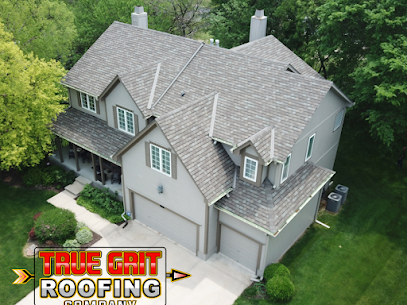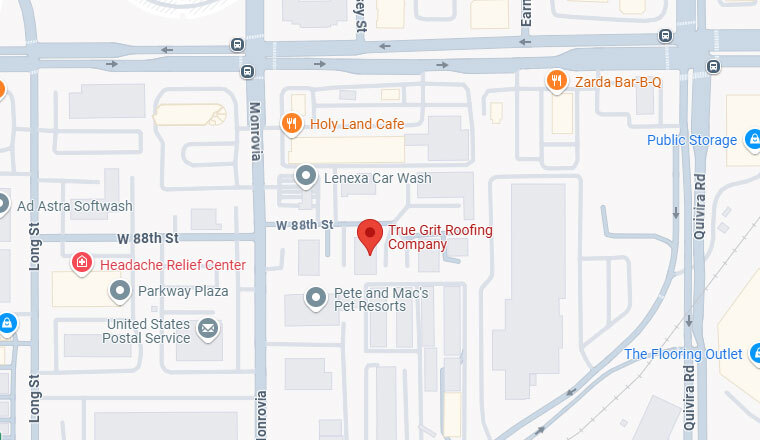1. Total Replacement Cost Value (RCV) – The Total Replacement Cost Value for items for that coverage.
– This would be the total amount your insurance carrier has agreed that your loss summed up to.
2. Total Recoverable Depreciation- The total amount amount of depreciation you can recover
– Depreciation on a dwelling is when the loss of a value has occurred over time based on factors such as age, condition, life expectancy and obsolescence.
– Some policies will allow you to recover depreciation funds once project is completed and invoiced,This is recoverable depreciation. Others do not have coverage for depreciation ( Non-Recoverable Depreciation) leaving you with only Actual Cash Value (ACV)
3. Total Actual Cash Value (ACV) – ACV is the estimated value of the item or damage at the time of the loss. Generally, ACV is calculated as Replacement Cost Value (RCV) minus Depreciation.
4. Deductible – The amount of the loss paid by you ( the policyholder). A deductible is generally a specified dollar amount or a percentage of your policy limit.
– Any expense above and beyond the fixed deductible is covered by your insurance company, as long as its within policy limits.
– Your deductible is comparable to a doctors office Co-Pay. Ex. Doctors medication is $500 your Co-Pay is $50, You pay $50 and insurance covers the rest.
– Your deductible is part of the estimate as a whole ACV + Depreciation + Deductible = RCV







